
Australia’s standard of living has fallen to levels not seen since the 1991-92 recession, despite labour productivity increasing “dramatically” and the nation producing more billionaires than ever before.
A report by the Australian Council of Trade Unions (ACTU) confirms living costs outstripped household incomes “by 2.9 per cent over the last three years”, and Australia is at risk of becoming “a fully Americanised society of high inequality and dead-end jobs” if changes aren’t made.
“Working people in Australia need fair pay and good, secure jobs so that we can maintain good living standards,” ACTU secretary Sally McManus said.
“Right now people are struggling to maintain their living standards, while corporations make bumper profits and CEOs take sickeningly large salaries and bonuses.”
Ms McManus said a “re-balance” of the current system is needed “so that people can negotiate fair pay rises and get a fair share of the wealth their work produces”, and recommended several policy initiatives intended to improve living standards.
“The Morrison government has overseen multinationals and the very wealthy taking more than their fair share of the nation’s wealth at the expense of the living standards of millions of working people,” Ms McManus said.
“Working people in Australia are ready to take action to restore our living standards.”
Treasurer Josh Frydenberg, however, said government is already “working hard to tackle cost of living pressures”, with particular regard to health, energy, housing and child care costs.
“The most recent Consumer Price Index shows the price of pharmaceutical products down 1.9 per cent in the quarter. This follows the listing on the Pharmaceutical Benefits Scheme of more than 1900 new life-changing medicines worth over $10 billion since the Coalition came to government,” he said.
“Further, health insurance premiums are now growing at their lowest rate since before 2006. The CPI also shows child care prices remain down 8.3 per cent through the year, following the introduction of the Child Care Subsidy from 2 July 2018 which saw the largest quarterly fall in child care prices in a decade.”
Newstart recommendation welcomed
Dr Peter Davidson, a senior adviser with the Australian Council of Social Service (ACOSS), said the Newstart rate has been stagnant for several years. A push to have it increased is a logical step, he said.
“The ACTU’s report rightly points out that increasing Newstart is critical to reducing income inequality in Australia. Lifting Newstart makes sense both economically and socially,” he said.
“Newstart is not working because the rate has not been increased in real terms in 25 years and at $40 a day ($15,000 a year) is too low to give people the support they need to get through tough times and into suitable employment”.
Dr Davidson also made a number of recommendations, not included on the ACTU’s list, which he said would lift living standards.
Those included “improved minimum wages, support for collective bargaining (including at industry level), tax reform (to remove shelters and loopholes used by people with high incomes to avoid their obligations) and decent, universal services from schools to primary health care and the NDIS”.
Lower than ’91 recession
The ACTU used modelling compiled by Australian National University associate professor Ben Phillips, who is also principal research fellow at the university’s Centre for Social Research and Methods, to assess living standards.
The modelling used ABS disposable household income data from the National Accounts, CPI and population growth to track changes in the standard of living, with 0 per cent representing no change, percentages above zero representing improvements, and those below zero representing declines.
“Living standards peaked in 2011. There was no improvement for the next four years, but incomes started falling behind rising living costs from late 2015 onwards,” the ACTU report said.
“The clear driver for the fall in living standards has been low wages growth. The fall in living standards in the past three years was greater than during the last recession in 1991-92. It is clear Australia is currently facing an ‘income recession’.”



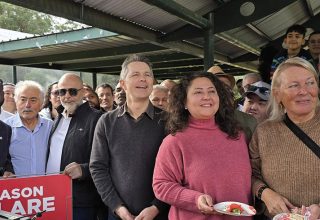

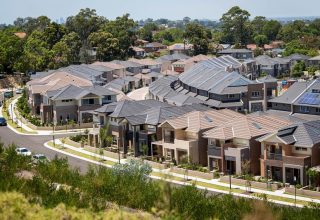

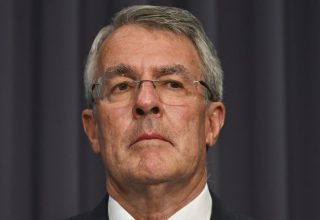
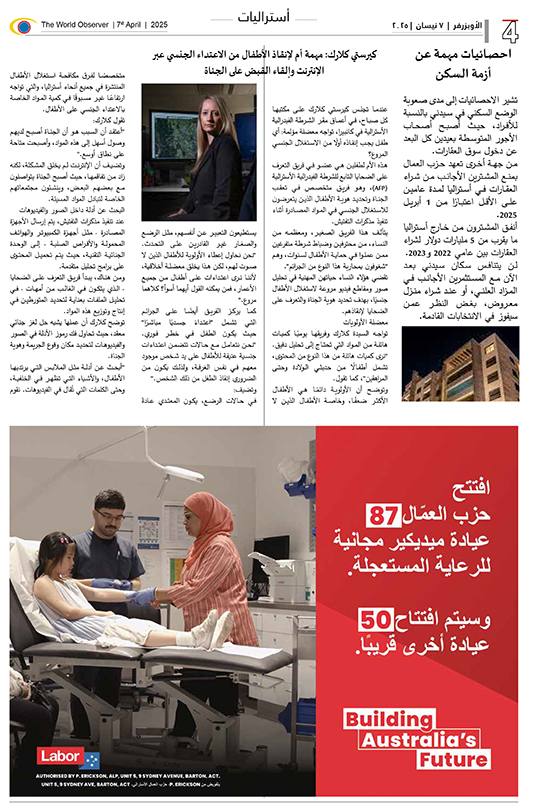
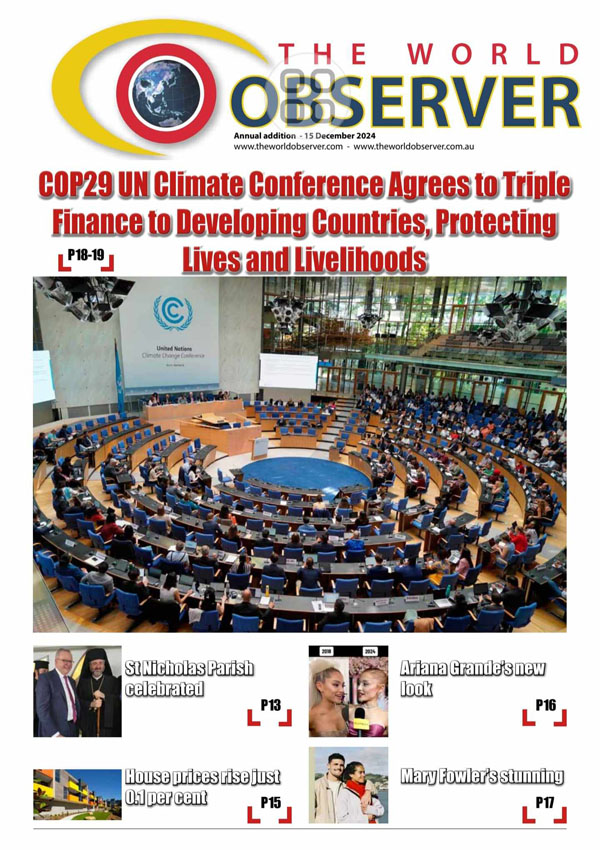
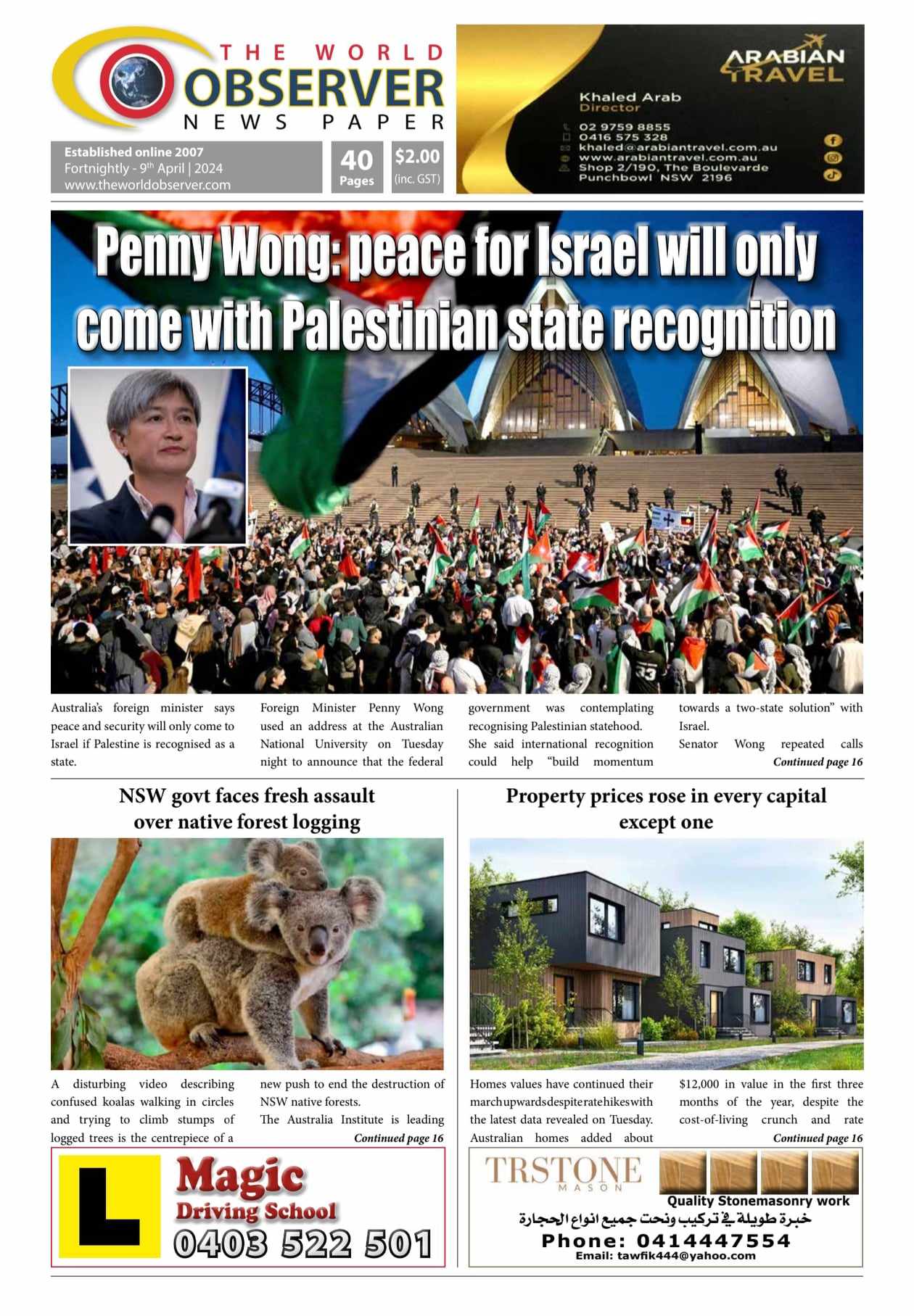





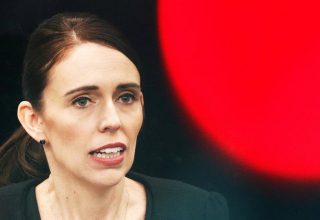





















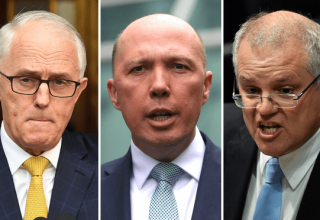

 The World Observer Media produces a daily online newspaper, a daily Arabic online newspaper and a monthly printed Arabic/English magazine and a weekly printed Arabic/English newspaper.
The World Observer Media’s mission is to entertain and educate all generation from the Ethnic Communities in Australia, who are interested in local, national and foreign information.
The World Observer Media produces a daily online newspaper, a daily Arabic online newspaper and a monthly printed Arabic/English magazine and a weekly printed Arabic/English newspaper.
The World Observer Media’s mission is to entertain and educate all generation from the Ethnic Communities in Australia, who are interested in local, national and foreign information. 


